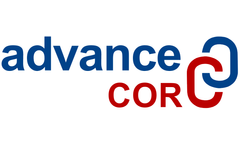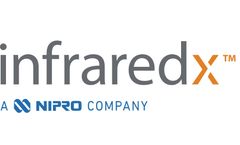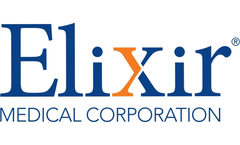Artery Stent Articles & Analysis
7 news found
” About Silk Road Medical’s TCAR Procedure with the ENROUTE Transcarotid Neuroprotection and Stent System TransCarotid Artery Revascularization is our clinically proven procedure combining surgical principles of neuroprotection with minimally invasive endovascular techniques to treat blockages in the carotid artery at risk of causing ...
(Nasdaq: NSPR), developer of the CGuard™ Embolic Prevention Stent System (EPS) device for the treatment of Carotid Artery Disease (CAD) and stroke prevention, today announces the initiation of enrollment and successful completion of the first cases of the Company’s U.S. registration C-Guardian trial of CGuard EPS. The first patients, who were under ...
Nearly 20,000 patients were included (14,979 CEA and 4,993 TCAR) from the VQI CEA and carotid artery stent (CAS) registries over a 4-year time period (August 2016 to August 2020). ...
With Revacept severe complications such as heart attacks and stroke in combination with bleedings were rarer than with the standard therapy Aspirin and Clopidogrel in patients with coronary artery disease. Revacept seals the lesion in a blood vessel like a plaster. ...
Braun Group of Companies and Japan-based Nipro Corporation to advance coronary artery disease management. The companies are ideally positioned to leverage shared resources to accelerate the initiation of the U.S. clinical trial of the SeQuent Please ReX to study the treatment of coronary in-stent restenosis (ISR), which is defined as the gradual re-narrowing of ...
This has been associated with MACE.5 Studies have shown adverse event rates associated with DES of 20 percent at five years2 and 40 to 50 percent at 10 years.3 Published papers have demonstrated that a DES prevents positive adaptive remodeling,6 inhibits vessel compliance and dilation in response to the body’s changing blood flow needs,7,8 and causes vessel straightening, which has been ...
The helical curvature also helps the stented vessel mimic the natural biomechanical performance of the femoropopliteal artery during knee flexion, thereby reducing the risk of stent fracture and vessel kinking, which are common problems with traditional straight stents. ...






